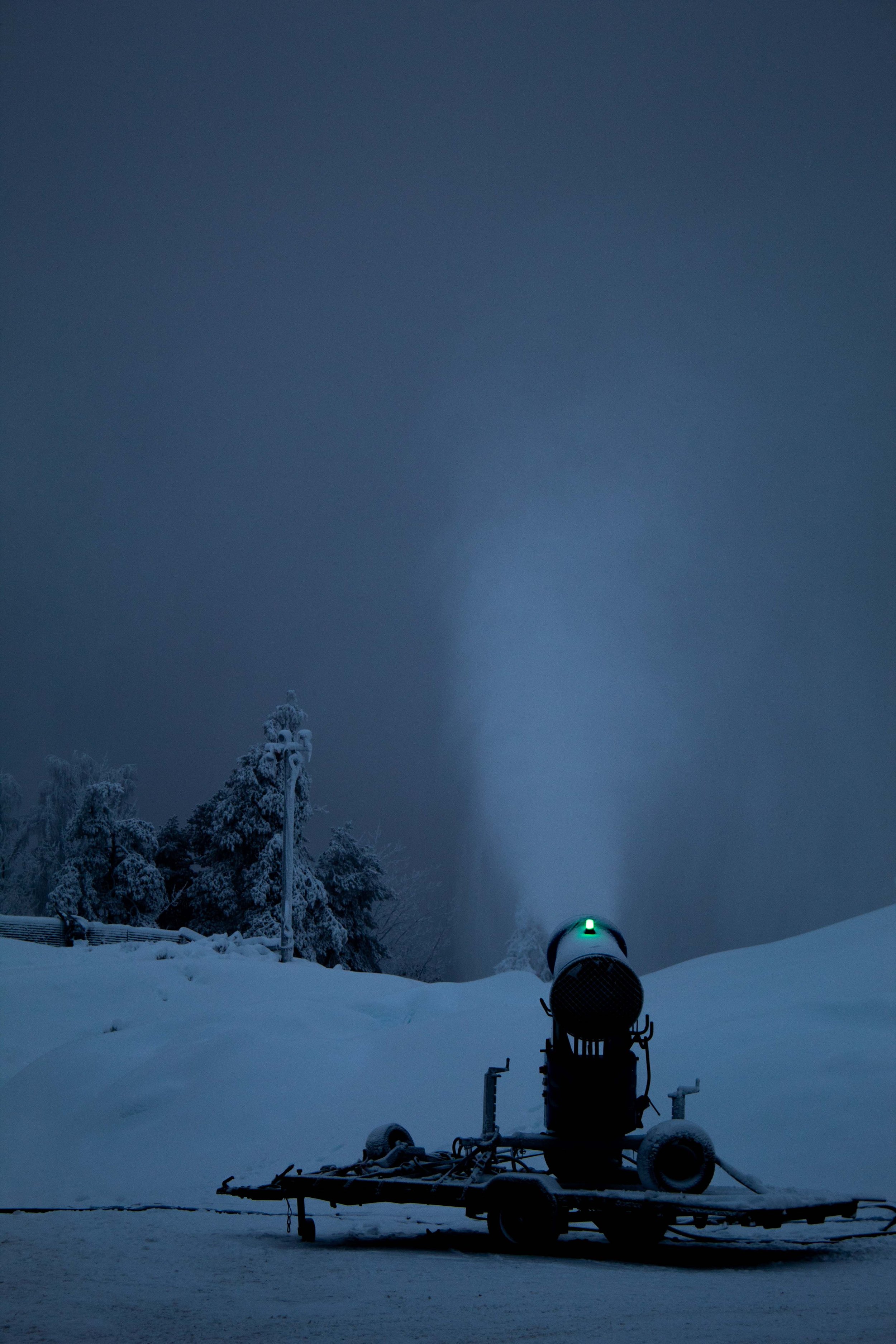Is Artificial Snow the Future of Skiing?
Can Artificial Snow Solve the Issue of Depleting Natural Snowfall?
According to Hydrology and Earth System Sciences, if greenhouse gas emissions maintain their current trajectory, the Alps could witness a 50% reduction in snowy days by 2100.
The utilization of artificial snow is on the rise, with a notable 39% of French ski resorts incorporating it, and an impressive 90% of Italian slopes embracing this technology to some extent.
The global rise in temperatures has left ski resorts grappling with challenges, particularly those situated at lower altitudes. These resorts are experiencing shortened seasons and, in extreme cases, are being forced to shut down operations.
Arctic temperatures have escalated by approximately 2°C over the past decade, leading to the growing prevalence of artificial snow. However, a pressing question emerges: Should our reliance on artificial snow persist?
Ingredients of Artificial Snow:
In the past, artificial snow was composed of chrysotile, a form of white asbestos. Fortunately, this hazardous material is now a thing of the past, unlike its usage in classic films like "The Wizard of Oz," where the health risks were not fully recognised.
Contemporary artificial snow is generated by propelling pressurized air and water into cold air, forming tiny ice crystals. Water serves as the foundation, and techniques have been refined to accelerate freezing. The goal is to replicate natural snow formation, offering a viable substitute for skiing purposes.
The integration of artificial snow has advantages for both the skiing industry and its patrons. As witnessed, resort climates, particularly in lower-elevation areas, have become increasingly unpredictable. By employing artificial snow, resorts can mitigate the impact of inadequate natural snowfall. While higher-altitude resorts still receive regular snow, the same cannot be said for valleys and villages at lower elevations. Gary Clark, Director of Basecamp, a travel company specializing in gap year adventures and ski instructor courses, notes:
"The advancements in artificial snow have ensured that resorts can operate even during periods of insufficient natural snow. It also prevents closures in areas where snowfall has decreased to a point of endangering the resort's existence."
Ski resorts can open earlier in the season than otherwise feasible, extending revenue-generating opportunities. Some resorts are exploring sustainable variants of this technology, reflecting an increasing environmental consciousness. For instance, Whistler employs eco-friendly cannons powered by hydroelectricity.
While artificial snow offers benefits, it is accompanied by environmental drawbacks and challenges.
Disadvantages of Artificial Snow:
The distribution of artificial snow across slopes necessitates the use of energy-intensive cannons, which can lead to substantial energy consumption. This becomes concerning as energy costs escalate globally. Despite eco-focused approaches, the energy utilization remains significant. The energy expended on operating snow machines, which use electricity or diesel, contributes to CO2 emissions, perpetuating the very climate change the artificial snow aims to counteract.
Artificial snow's heavy water consumption raises concerns about sustainability and responsibility. For instance, the 2022 Beijing Olympics relied heavily on artificial snow, consuming an estimated 222 million liters of water for skiing events. Athletes note that artificial snow simulates natural conditions, but it often results in icy and hard surfaces that increase the risk of injuries during falls.
Artificial snow, while advantageous in the short term for maintaining ski resorts and offering skiing experiences, is not a comprehensive solution to the dearth of natural snow. The significant energy usage, potential for environmental harm, and risk of injuries underscore the need for refinement. The substantial water consumption raises questions about sustainability, especially in the context of global efforts to preserve our planet. Despite its temporary benefits, artificial snow's challenges suggest that further innovation is necessary before it can be deemed the “future” of skiing.



